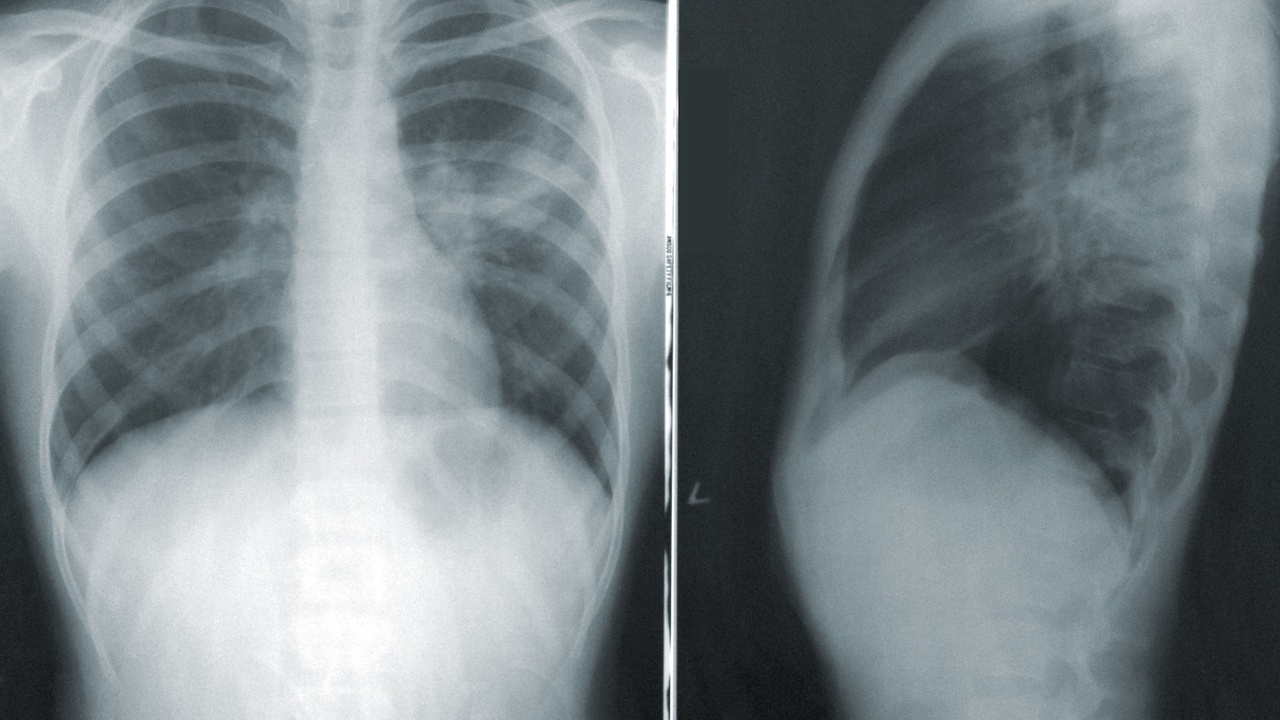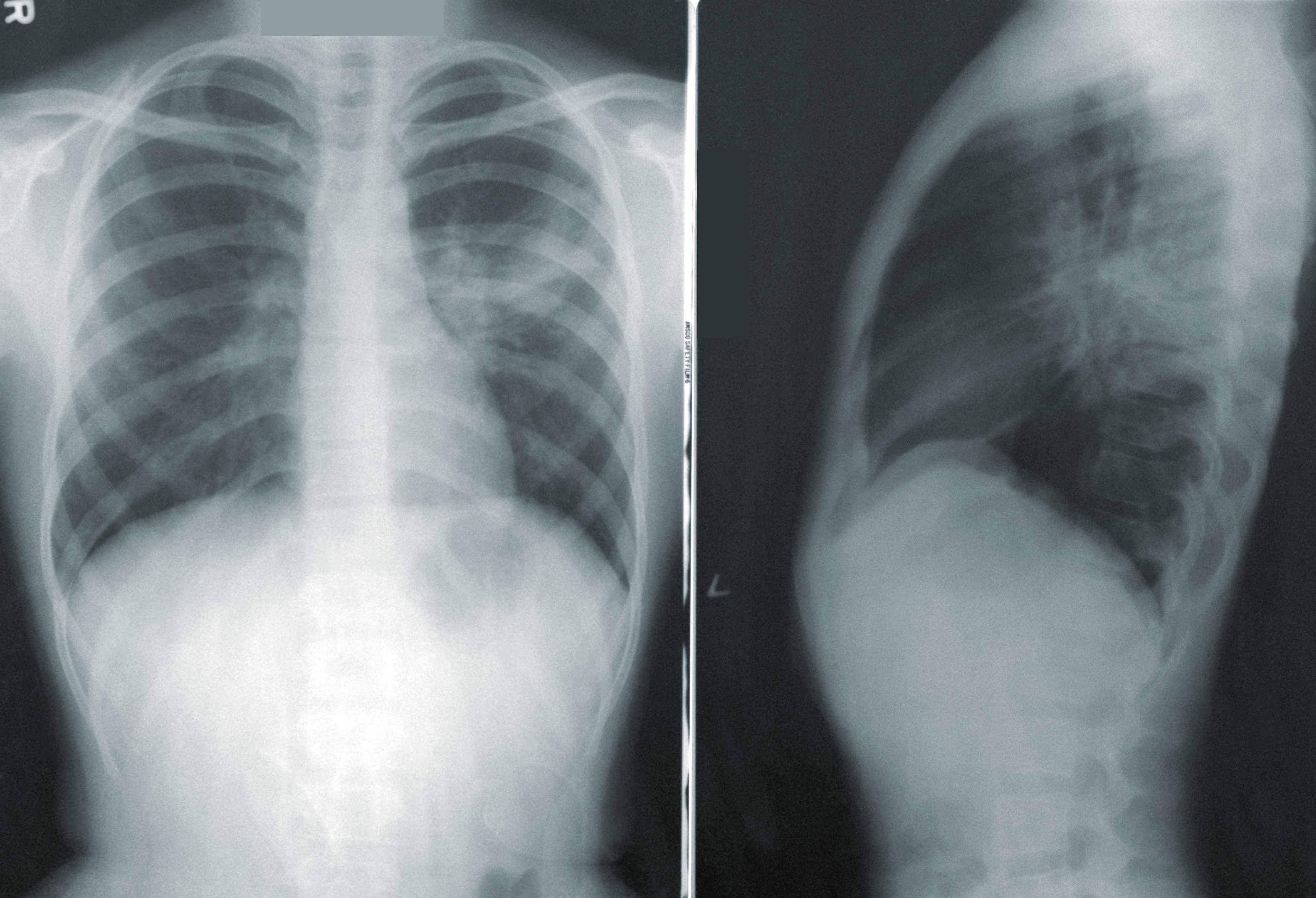The Power of the Thorax

Did you know that a 2018 study showed that 95.3% of women with lumbo pelvic (pain in low back /pelvis) had SOME FORM of pelvic floor dysfunction? 1
A 2017 literature review revealed that increased thoracic kyphosis (rounded upper back) and decreased lumbar lordosis (decreased low back curve) was associated with a higher incidence of pelvic organ prolapse in older women. 2
A large study out of Australia showed that incontinence, breathing problems and gastro-intestinal(digestive) problems increased the risk of developing back pain AND back pain increased your risk of developing incontinence and breathing problems! 3
I could go on and on about what the scientific research is starting to say about how our whole body is connected, and that our pelvic floor, bladder, bowel, digestive, sexual function, back pain, pelvic pain, diastasis recti, prolapse, birth experience ect, ect ect do not exist independently.
You can’t kegel, and “core isolation exercises” to find your way out of a postural system problem!
You may already feel and know this intuitively in your body, or through experience. Which is why you’re here looking for more info, which is amazing!
The trouble with this is, WHERE DO I EVEN BEGIN…If it’s all connected, what’s the driver? Where does it start? How can I work through this when it feels so complex?
For many of my clients, it starts in the thorax!
So what is the thorax? It the whole ribcage and everything it holds! It’s rigid and strong to protect some vital “stuff” like our heart and lungs, but it is also beautifully designed for mobility and flexibility for movement and breathing.
The bottom of the thorax houses the diaphragm. Our respiratory diaphragm is the muscle under our lungs that helps draw air into our body for effective breathing. The diaphragm attaches from behind our sternum and ribcage in the front of our body and domes up and to the back attaching to the front of our spine at the low mid back to upper low back. It truly is the “core of our core” and a major link between all the tightness and discomfort we feel in neck, shoulders, upper back, AND our lower back, lower body, pelvic floor and abs.

There have been multiple studies that show how our postural positions, as well as our diaphragm strength/endurance are connected to BOTH low back pain and function, pelvic floor coordination, and function AND abdominal wall function! 4, 5, 6
But, if we lack the needed thoracic mobility, in all different directions of motion, we cannot maximize our core, pelvic floor or diaphragm function.
In this 90 min webinar I am hosting with Mamastefit May 17th at 7:30 PM EST I will be diving deep into the thorax, its anatomy, connections, it’s role in the nervous system, breathing, back pain, thoracic pain, rib pain, neck pain, pelvic pain and of course the pelvic floor. You can sign up for the webinar HERE
You will learn how to test your own thoracic mobility (or those of your clients if you are a practitioner yourself) and we will work through a program of movement drills designed to address common patterns of tension and asymmetry in the thorax.
Looking forward to seeing you there!
Feel free to reach out @hayleykavapt on IG or [email protected] if you have any questions!
Recording will be available for 1 week after the live webinar
- Dufor S, Vandyken B et al 2018
- Zhoolideh P, Ghaderi F et al 2017
- Smith M et al 2014
- Janssens L et al 2013
- Montes A et Al 2016
- Smith M et al 2006

